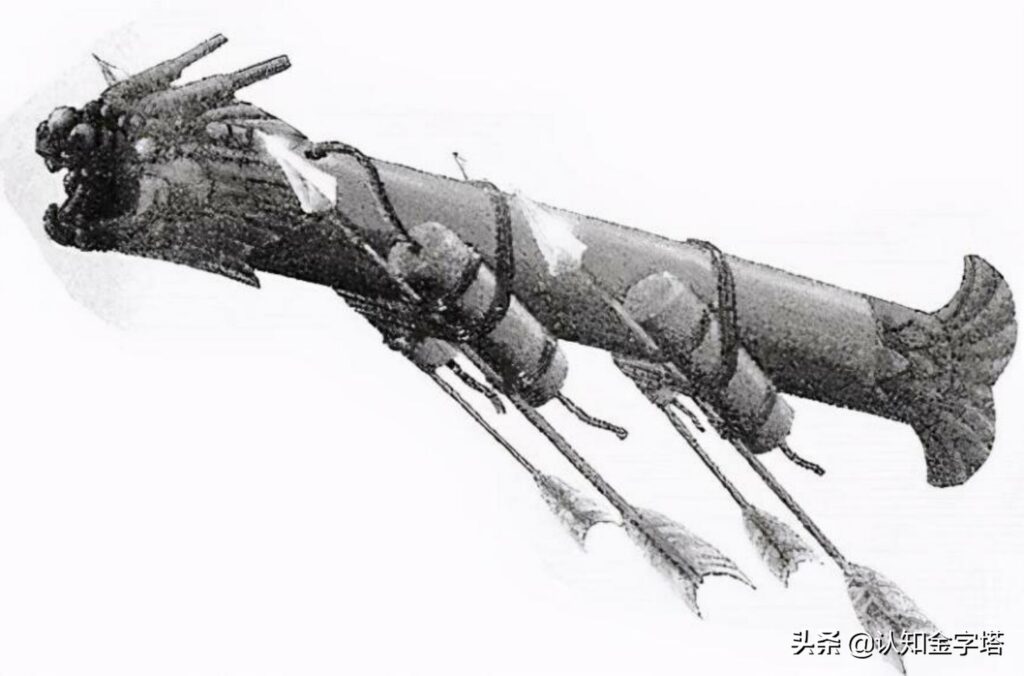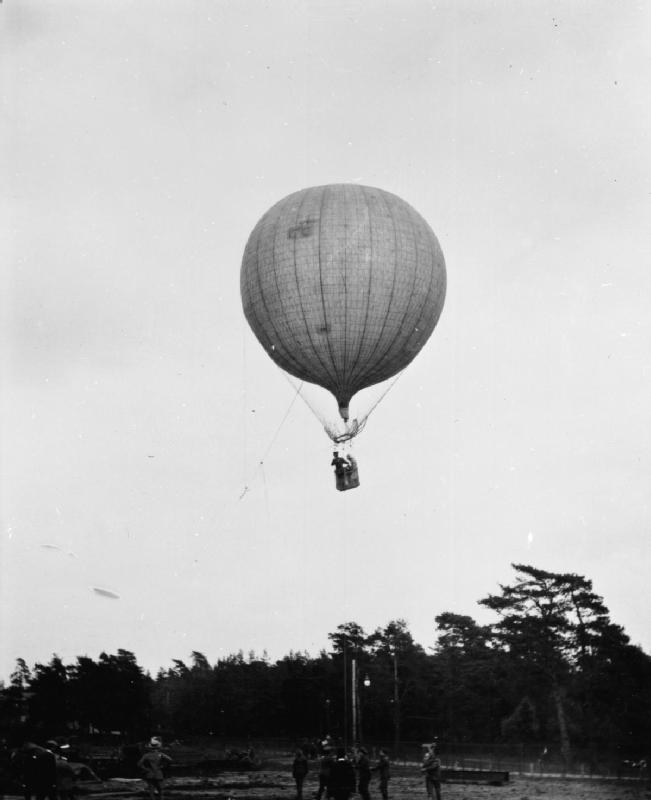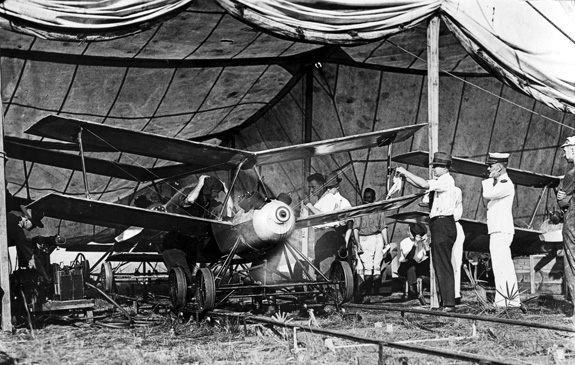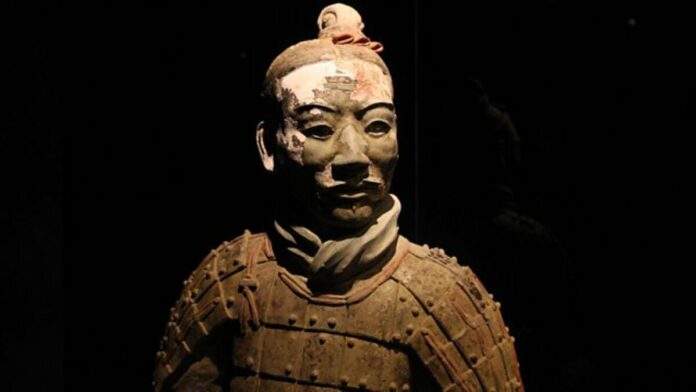What do you think was the first UAV ever in history? Maybe Reaper? Well, think twice, because the history of these beasts is going way back than Operation Desert Storm. But before we get to them, we need to know where this information actually comes from. And just like one of the most important military books ever written, the history of first UAV belongs to Chinese Empire.
The Huolongjing (or “Fire Drake Manual”) is a 14th-century Chinese military treatise that describes the design and use of various types of firearms, including gunpowder weapons such as bombs, rockets, and the “fire lance.” It was written by a Chinese military officer named Jiao Yu, and it is considered to be one of the most important texts on the history of Chinese artillery and firearms.

The Huolongjing includes detailed illustrations and descriptions of different types of gunpowder weapons, as well as information on the production of gunpowder and the casting of bronze cannons. It is also notable for its discussion of the use of gunpowder in naval warfare. The book is an important source for the history of Chinese military technology and the development of gunpowder weapons in East Asia.
What about first UAV
In the 14th century, the Chinese Empire began to experiment with the use of unmanned aerial vehicles (first UAV) in warfare. These first UAV were known as “flying fire arrows” and were essentially rockets with wings attached to them. They were propelled by gunpowder and could be launched from the ground or from a trebuchet.
The Chinese military treatise Huolongjing, written by Jiao Yu in the 14th century, describes the design and use of these “flying fire arrows” in detail. According to the text, the arrows were equipped with a small amount of gunpowder, which would ignite upon launch and propel the arrow through the air. They were used primarily for reconnaissance, but were also used as weapons, with the potential to cause damage to enemy fortifications or troops.
It’s important to note that these “flying fire arrows” were not remote controlled and their guidance was done by adjusting their wing and tail fins to change the direction of flight. They were more like a missile than a drone. They were considered as an early form of rocket artillery.
Other uses of drones in history
The first use of drones, or unmanned aerial vehicles (first UAV), in warfare is generally attributed to the use of pilotless balloons in the American Civil War (1861-1865). These balloons were filled with hydrogen and equipped with cameras, and were used for reconnaissance by both the Union and Confederate armies.

However, the first true drone aircraft, which could be remotely controlled and perform various tasks, was invented in the early 20th century, specifically in the year 1918. The Kettering Bug was an unmanned biplane that was developed by Charles Kettering and the Dayton-Wright Airplane Company for the US Army Air Service during World War I. It was intended to be used for reconnaissance and bombing, but it was not used in combat before the end of the war.
There were also quite a few experiments with the drones during the Second World War. However, they were very limited and more often than not these were actually land drones, e.g. radio controlled cars, rather than unmanned aerial vehicles. However, they also have a fascinating history behind and it is really confusing how these aren’t used on a modern battlefield.

The use of drones in warfare continued to evolve in the following decades and it has been widely used in modern warfare since the early 2000s. Today, drones are used for a wide range of tasks, including reconnaissance, surveillance, and targeted killings.













